After 8 years of implementing adjustments and rearranging inter-provincial passenger transport routes in Hanoi, according to management agencies and experts, the operations of transport businesses have basically stabilized.
Reduce traffic congestion
On the morning of December 6, at the seminar "Regulations on inter-provincial passenger transport routes in Hanoi: Keep or abolish?" organized by Giao thong Newspaper, management agencies and experts reviewed and evaluated the results achieved by the regulations on inter-provincial passenger transport routes in Hanoi after 8 years of implementation.
According to Dr. Nguyen Xuan Thuy, former Director of the Transport Publishing House, the policy of regulating inter-provincial passenger transport in Hanoi according to routes of the management agency from 2016-2017 is suitable to the practical situation.
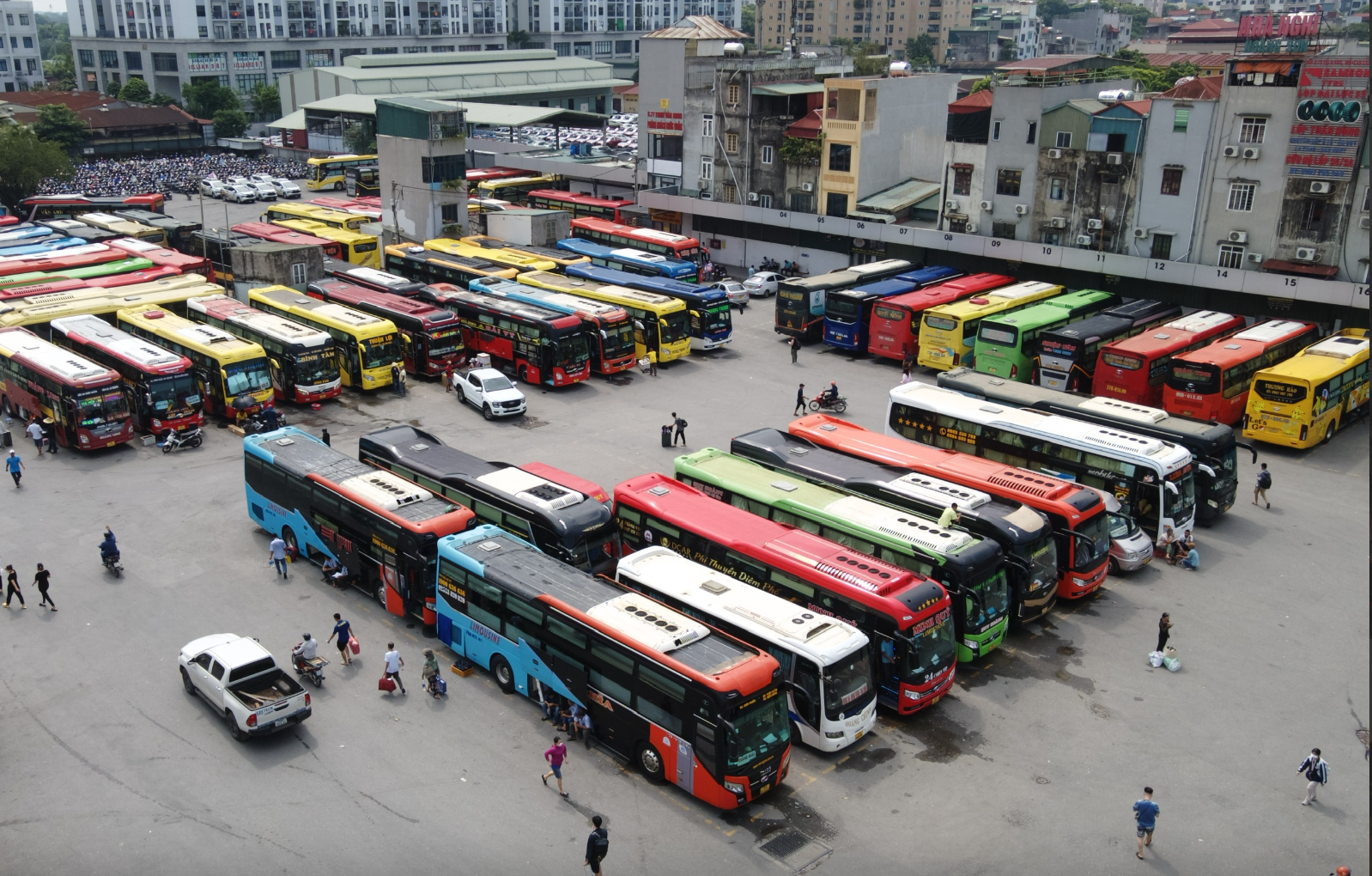
According to the assessment of management agencies and experts, the adjustment of inter-provincial passenger transport routes in Hanoi after 8 years of implementation has so far contributed significantly to reducing traffic congestion.
The goal of passenger transport is fast, cheap, safe, convenient and cultural. To be fast, bus stations must receive vehicles according to specific route planning, avoiding duplication. At the same time, limit vehicles traveling through the city center to improve traffic safety.
On the other hand, passenger transport is considered a special type of transport, therefore, the division of transport routes also needs to be scientific, should not be managed in an imposed manner but must be based on specific characteristics.
According to Mr. Thuy, after 8 years of implementing regulations on inter-provincial passenger transport routes in Hanoi, up to now, transport activities have basically stabilized, received public approval and formed travel habits of people to each station and each bus route.
On the side of the Transport Association, Mr. Do Xuan Hoa, Vice President of the Vietnam Automobile Transport Association, acknowledged that Hanoi's organization of route-based transport since the end of 2016 has yielded very positive results, contributing to ensuring security and order in the area and reducing traffic congestion.
"At first, some businesses had difficulty implementing it, but after 8 years, everything has basically stabilized. Not only in Hanoi but also in Ho Chi Minh City, the Eastern and Western bus stations have always served inter-provincial passenger transport vehicles on the route," said Mr. Hoa.
At the same time, it is emphasized that organizing transportation according to routes is very necessary. Enterprises and localities all requested the Association to report to the Ministry of Transport to maintain regulations on transportation routes.
Therefore, the Association has had many documents in the draft Decree on road transport management on the need to maintain route regulations.
On the part of the State management agency, Mr. Nguyen Tuyen, Head of Transport Management Department, Hanoi Department of Transport, assessed that in Hanoi, after adjusting inter-provincial passenger transport routes, traffic safety and order have improved.
Recalling the reason for transferring the southern route from My Dinh to Giap Bat bus station, Nuoc Ngam bus station and vice versa, Mr. Tuyen said that before, when Hanoi had not expanded its boundaries, the Ring Road 3 area was considered a ring road. But when Hanoi merged with Ha Tay, Ring Road 3 became a radial road through the city.
Therefore, traffic volume through the area also increased rapidly, leading to traffic congestion.
"To reduce traffic congestion, Hanoi has adjusted passenger transport routes in full compliance with regulations of the Government and the Ministry of Transport. So far, the goal has been basically achieved," Mr. Tuyen emphasized.
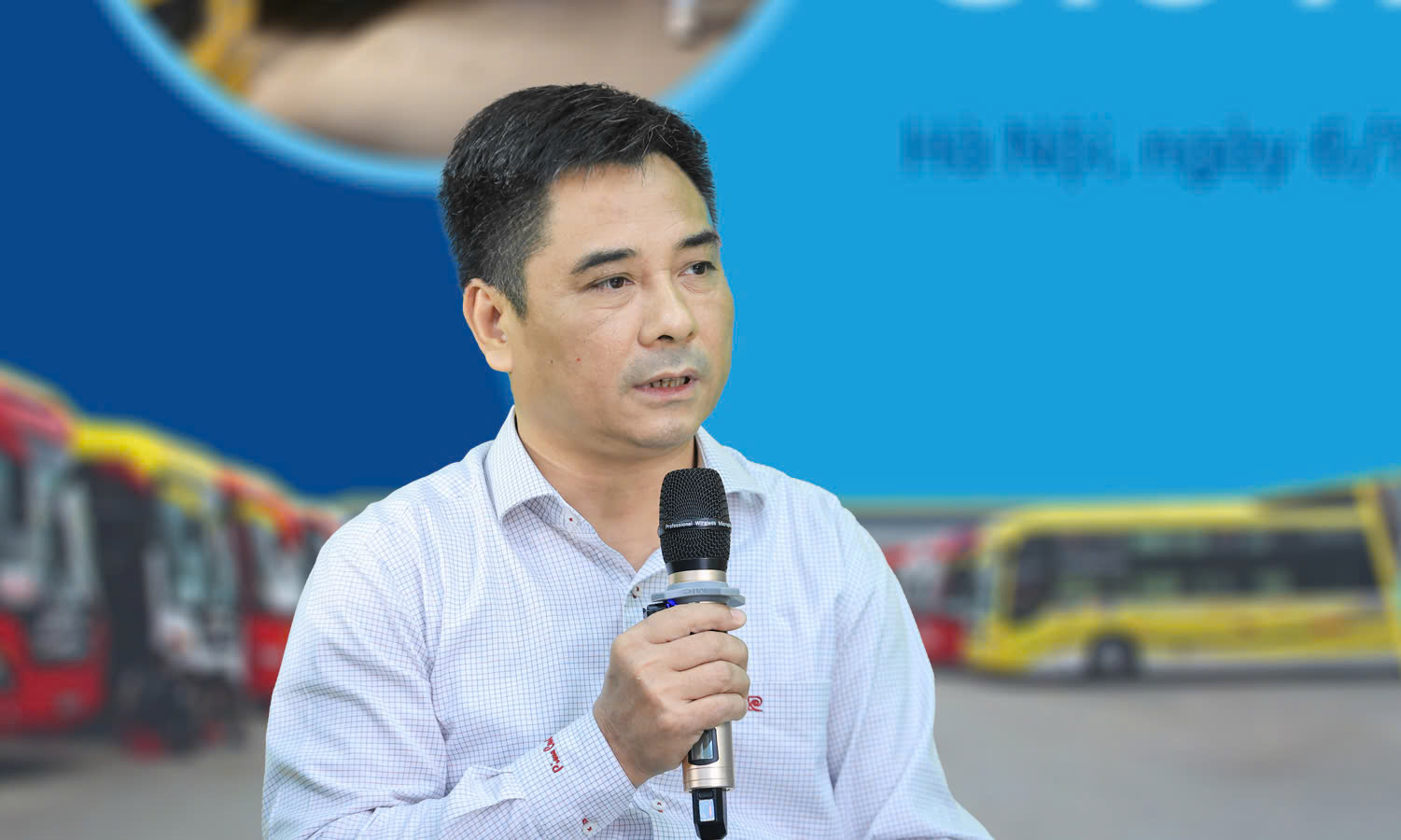


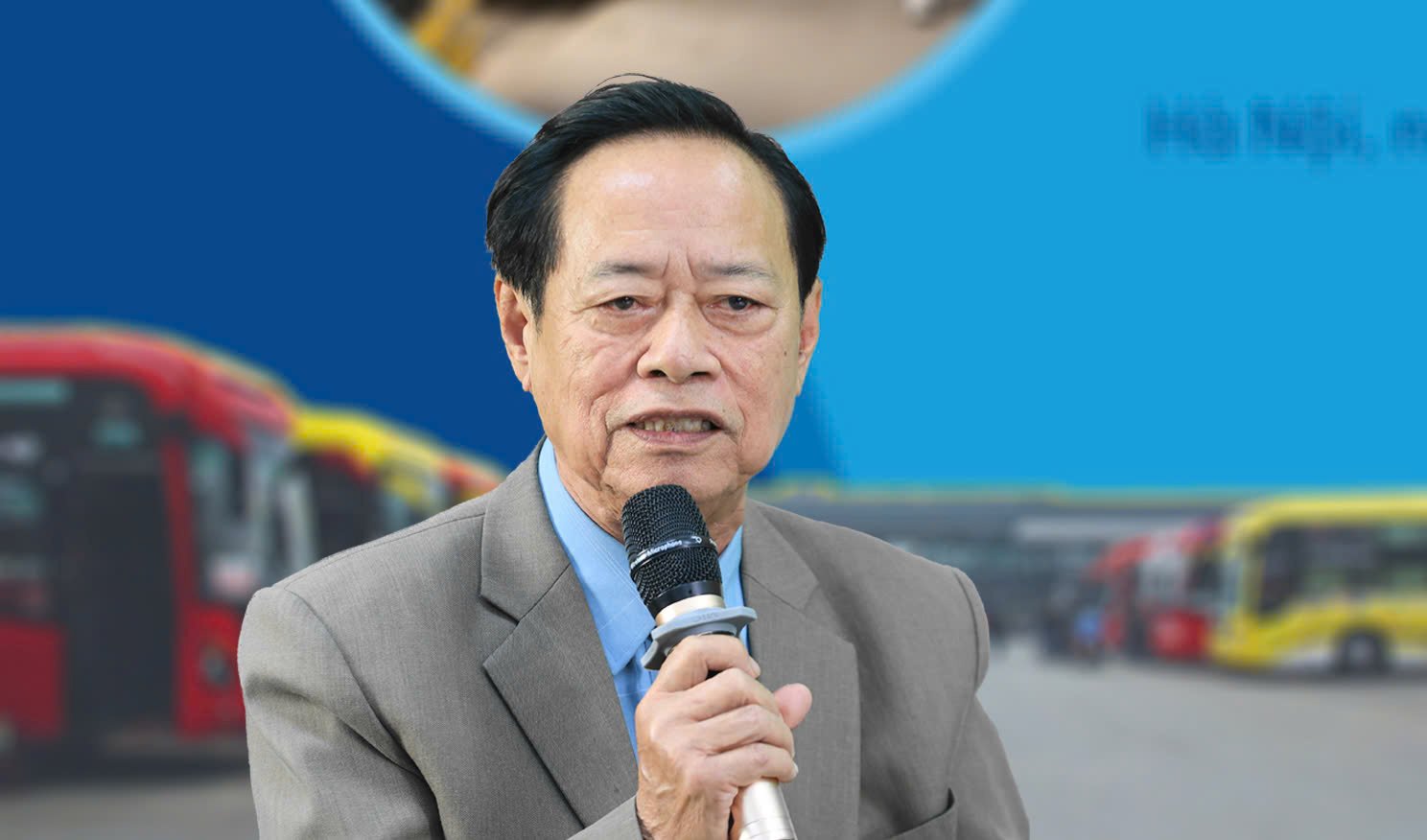
Representatives of the transport management agency and experts discussed regulations on inter-provincial passenger transport routes at a talk show organized by Giao thong Newspaper on the morning of December 6.
It is mandatory to maintain the traffic flow regulations.
According to Mr. Tuyen, previously, the adjustment and rearrangement of transport routes to bus stations was based on ensuring the stability of businesses and giving priority to people's stable travel.
Routes to the Northwestern and Southern provinces will go to Yen Nghia bus station, routes to Thang Long bridge will go to My Dinh bus station, routes to National Highway 1A will go to Giap Bat bus station and Nuoc Ngam bus station.
In addition, there are still routes that are prioritized to maintain the original, stable flow to help people travel more conveniently, for example, at Giap Bat bus station and Nuoc Ngam bus station, there is still a route to Hai Phong via Thanh Tri bridge. This priority arrangement is appropriate and has the consensus of people and businesses.
Discussing this issue, Mr. Nguyen Xuan Thuy, Deputy Director of the Department of Transport, Ministry of Transport, said that regulations on transport routes have been mentioned in many legal documents and were further specified in Decree 41/2024 issued last April.
In the draft Decree guiding the implementation of the Road Law being submitted to the Government, regulations on transport routes are also mentioned to maintain stability for businesses to invest and stably exploit transport routes.
On the other hand, according to Decree 41/2024, the Government has thoroughly and specifically decentralized to localities in adjusting, arranging and supplementing the list of inter-provincial passenger transport routes, to ensure convenience for management and suitability for each province and city; so that passengers on fixed transport routes can access the most suitable and easiest routes.
Mr. Thuy affirmed that it is necessary to enforce regulations on transportation routes, which are considered the most unique and characteristic feature of inter-provincial fixed-route transportation.
In Hanoi, it is even more necessary to maintain this regulation, and in fact, after 8 years of adjusting inter-provincial passenger transport routes in the capital, it has achieved high efficiency.
"Of course, the initial implementation had certain impacts on the operations of transport businesses, but that was inevitable and route separation was a necessary thing to do," Mr. Thuy emphasized.
Source: https://www.baogiaothong.vn/duoc-gi-sau-8-nam-dieu-chinh-luong-tuyen-van-tai-khach-lien-tinh-ha-noi-192241206151312585.htm


![[Photo] General Secretary To Lam receives Japanese Ambassador to Vietnam Ito Naoki](https://vstatic.vietnam.vn/vietnam/resource/IMAGE/2025/4/3/3a5d233bc09d4928ac9bfed97674be98)
![[Photo] Prime Minister Pham Minh Chinh chairs meeting after US announces reciprocal tariffs](https://vstatic.vietnam.vn/vietnam/resource/IMAGE/2025/4/3/ee90a2786c0a45d7868de039cef4a712)
![[Photo] Moment of love: Myanmar people are moved to thank Vietnamese soldiers](https://vstatic.vietnam.vn/vietnam/resource/IMAGE/2025/4/3/9b2e07196eb14aa5aacb1bc9e067ae6f)
![[Photo] A brief moment of rest for the rescue force of the Vietnam People's Army](https://vstatic.vietnam.vn/vietnam/resource/IMAGE/2025/4/3/a2c91fa05dc04293a4b64cfd27ed4dbe)

![[Photo] Special relics at the Vietnam Military History Museum associated with the heroic April 30th](https://vstatic.vietnam.vn/vietnam/resource/IMAGE/2025/4/3/a49d65b17b804e398de42bc2caba8368)










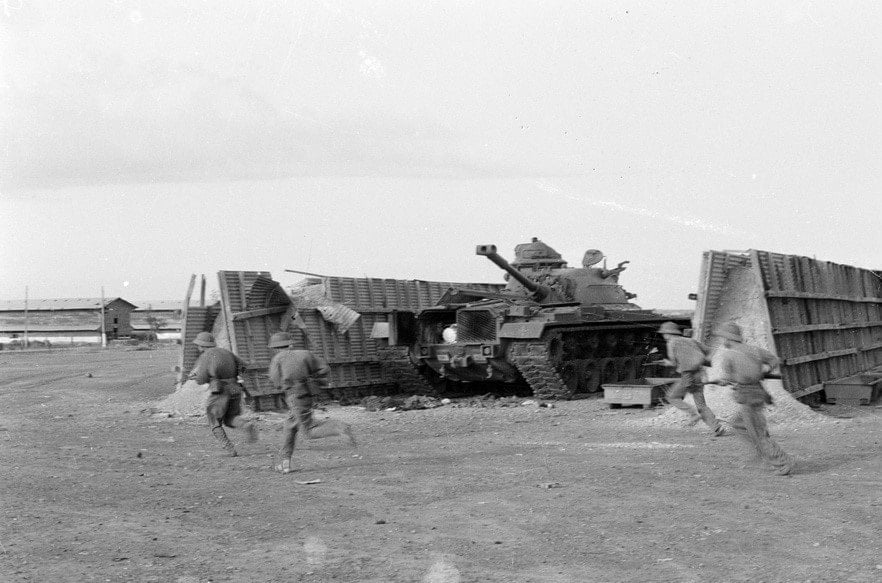



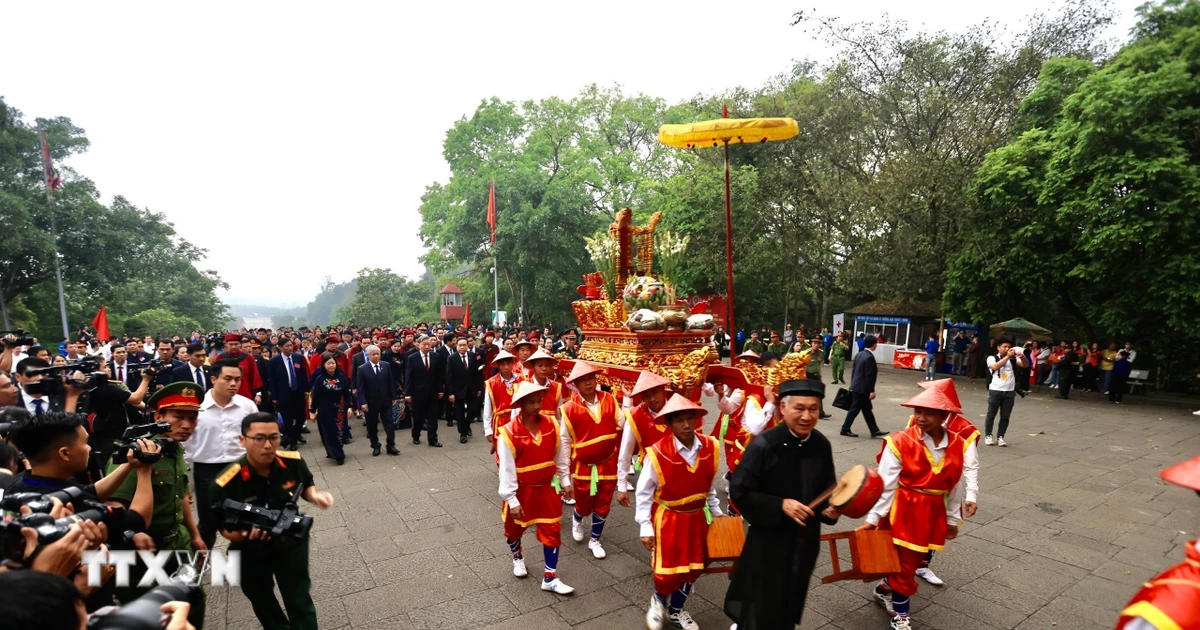
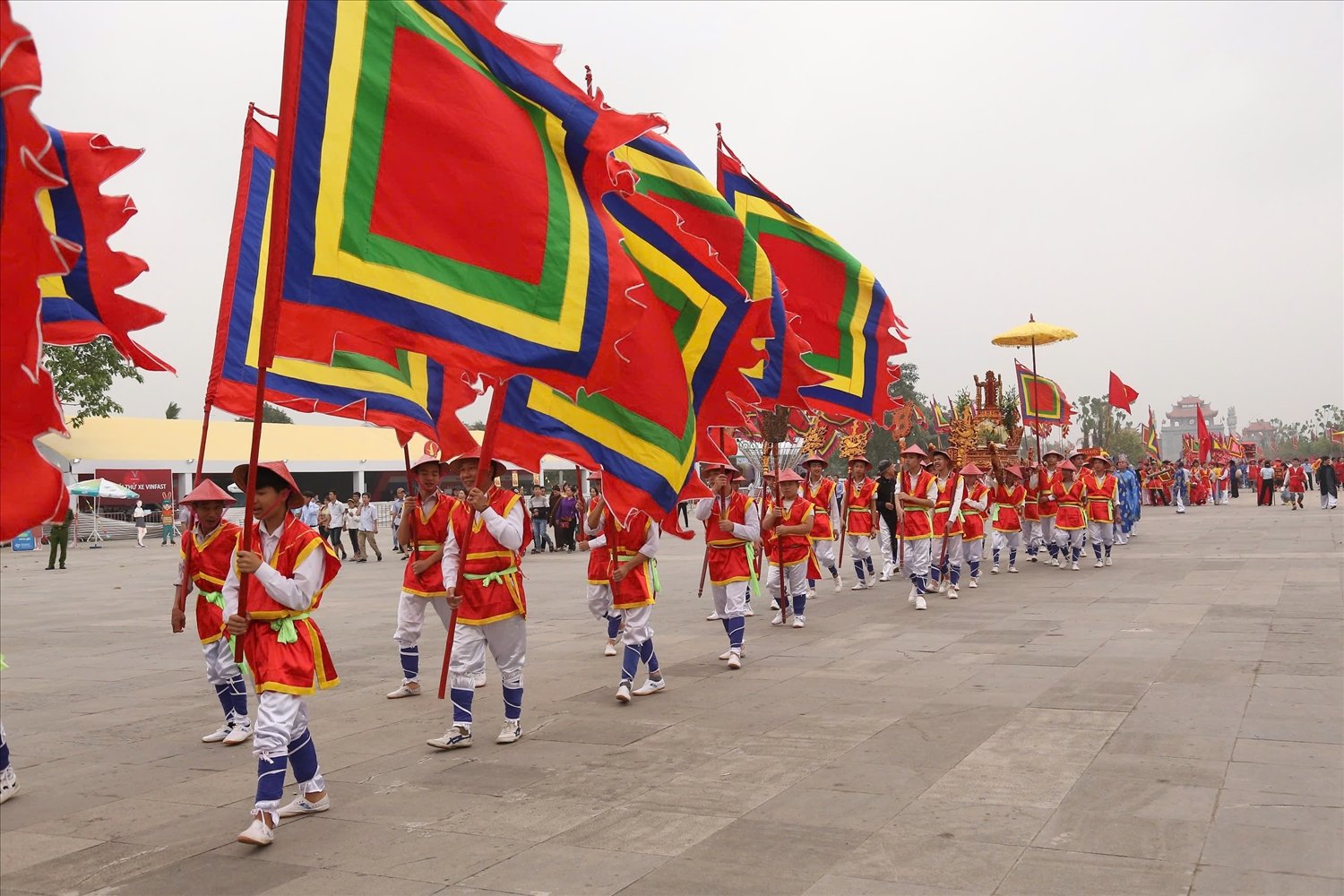














































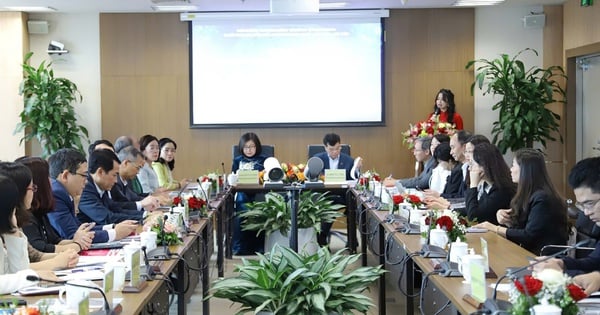




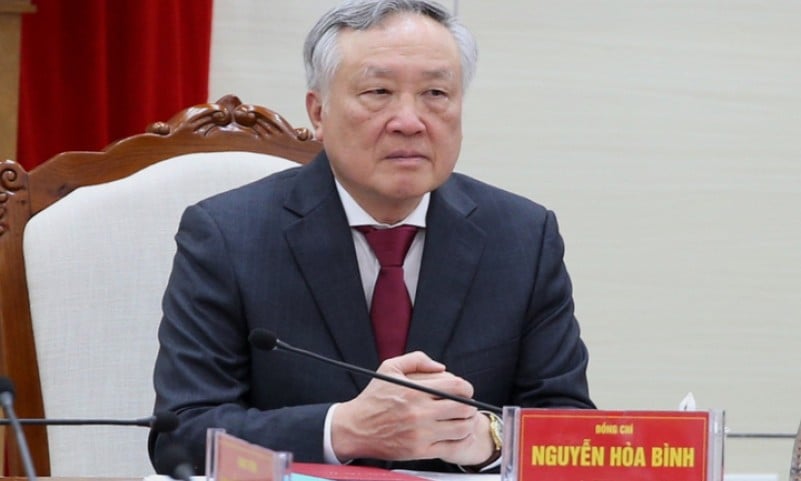
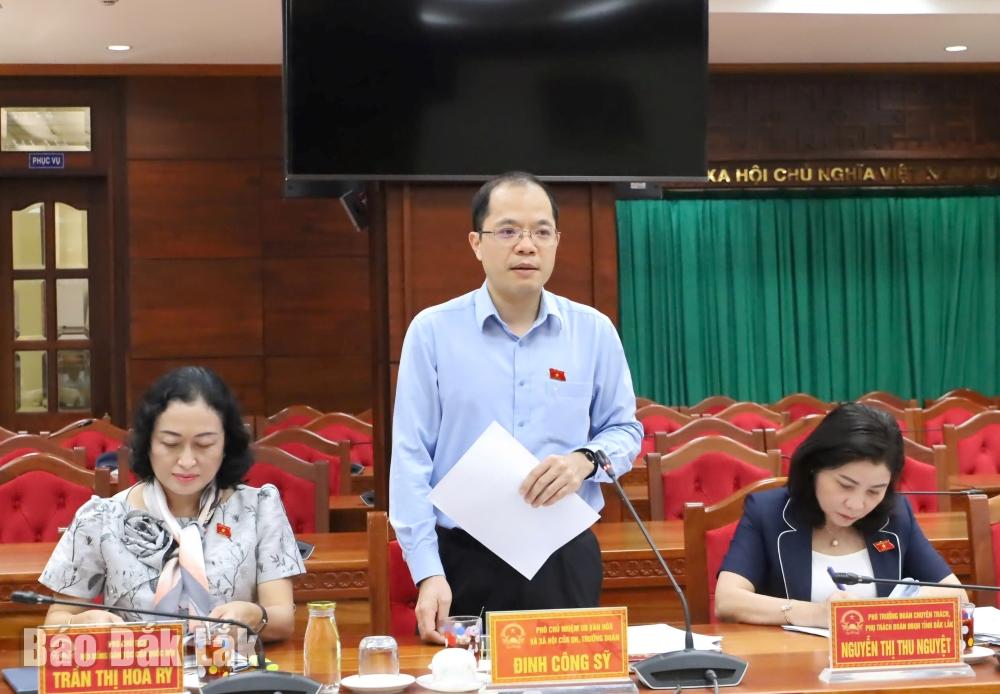

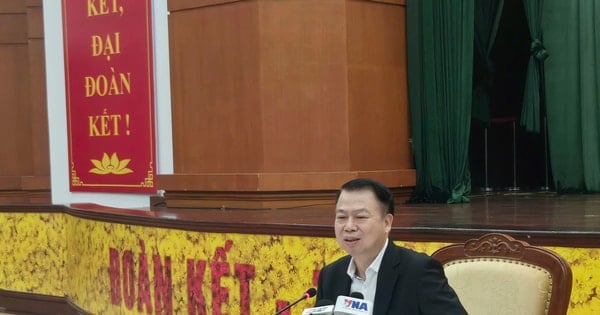

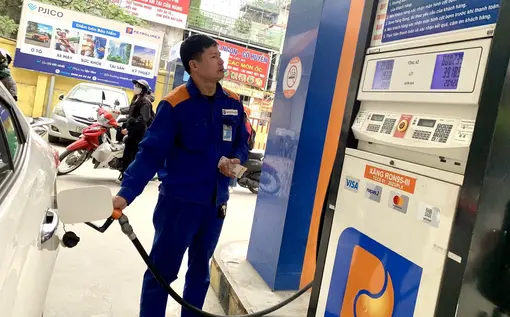














Comment (0)